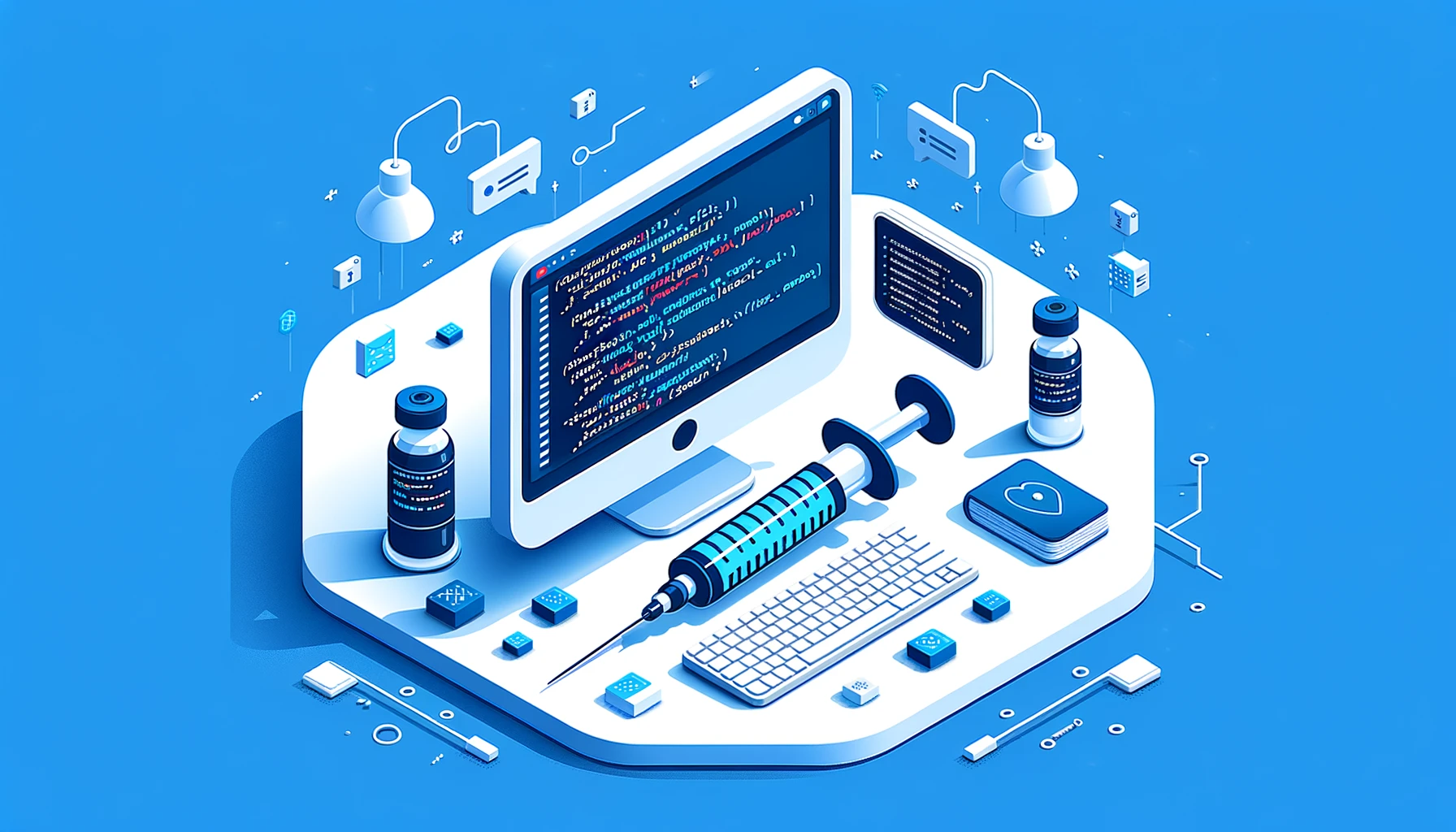
Securing Against Injection Attacks: How Codesealer Protects Your Applications
In the modern digital landscape, injection attacks such as SQL injection and cross-site scripting (XSS) pose significant threats to web applications. These vulnerabilities, prominently featured in the OWASP Top 10, can lead to devastating breaches and data leaks. Codesealer provides advanced solutions to mitigate the risks associated with these injection attacks, ensuring your applications remain secure and resilient.
Understanding Injection Attacks
Injection attacks occur when an attacker sends malicious data to an application, tricking it into executing unintended commands or accessing unauthorized data. The most common types of injection attacks include:
- SQL Injection (SQLi): Exploits vulnerabilities in the database layer by inserting malicious SQL queries.
- Cross-Site Scripting (XSS): Injects malicious scripts into web pages viewed by other users.
- Command Injection: Executes arbitrary commands on the host operating system via a vulnerable application.
- LDAP Injection: Manipulates LDAP queries to exploit vulnerabilities in the directory services.
Codesealer’s Comprehensive Defense Against Injection Attacks
Codesealer employs a multi-layered approach to protect against injection attacks, addressing both SQL injection and XSS vulnerabilities, among others. Here’s how our solutions work:
1. Code and API Obfuscation
The primary way Codesealer protects against injection attacks is by obfuscating all APIs and source code. This obfuscation ensures that the internal workings of the application are hidden, making it extremely difficult for attackers to understand where and how to insert malicious commands. By preventing access to the application’s structure, we significantly reduce the risk of successful injection attacks.
2. Input Validation and Sanitization
Codesealer ensures that all input data is rigorously validated and sanitized. By implementing strict validation rules, we prevent malicious data from being processed by your application. This includes:
- Whitelist Validation: Accepting only known good inputs.
- Sanitization: Removing or encoding potentially harmful characters before processing the data.
3. Parameterized Queries
To mitigate SQL injection risks, Codesealer advocates the use of parameterized queries or prepared statements. By separating SQL logic from data, we ensure that user inputs are treated strictly as data, eliminating the possibility of malicious code execution.
4. Content Security Policy (CSP)
Codesealer implements robust Content Security Policies to protect against XSS attacks. CSPs restrict the sources from which content can be loaded, preventing the execution of malicious scripts. This ensures that only trusted scripts are allowed to run on your web pages.
5. Web Application Firewall (WAF)
Codesealer’s Web Application Firewall provides an additional layer of defense by filtering and monitoring HTTP requests. Our WAF is configured with custom rules to detect and block malicious payloads associated with injection attacks. This real-time protection helps mitigate threats before they reach your application.
How Codesealer Protects Against Specific Injection Attacks
SQL Injection (SQLi)
- Code Obfuscation: By obfuscating the application’s code, we make it extremely difficult for attackers to understand the structure of the SQL queries and where to inject malicious SQL commands.
- Parameterized Queries: Use of parameterized queries to prevent SQL injection by treating user inputs strictly as data.
- Stored Procedures: Utilize stored procedures for database interactions, minimizing direct SQL query execution.
- Database Access Controls: Implement strict access controls to limit the impact of potential SQL injection vulnerabilities.
Cross-Site Scripting (XSS)
- Code Obfuscation: Obfuscated code and APIs prevent attackers from understanding how to insert malicious scripts.
- Content Security Policy (CSP): Enforce CSP to restrict script execution to trusted sources.
- Escaping and Sanitization: Ensure all user inputs are properly escaped and sanitized before rendering on web pages.
- JavaScript Security: Implement security measures to prevent JavaScript injection and execution.
Command Injection
- Code Obfuscation: Obfuscation hides the points where commands might be injected, preventing attackers from successfully executing arbitrary commands.
- Input Validation: Validate and sanitize all user inputs to prevent command injection.
- Least Privilege: Run applications with the least privilege required, minimizing the impact of potential command injections.
Conclusion
Injection attacks remain a prevalent threat to web application security. By leveraging Codesealer’s advanced solutions, business owners can effectively mitigate the risks associated with SQL injection, XSS, and other injection vulnerabilities. Our comprehensive approach, centered around code and API obfuscation, ensures that attackers cannot decipher where to insert malicious commands, providing robust protection for your applications.
Protect your web applications from the inside out with Codesealer’s cutting-edge security solutions. Invest in your digital security today and safeguard your business against the ever-evolving landscape of cyber threats.
